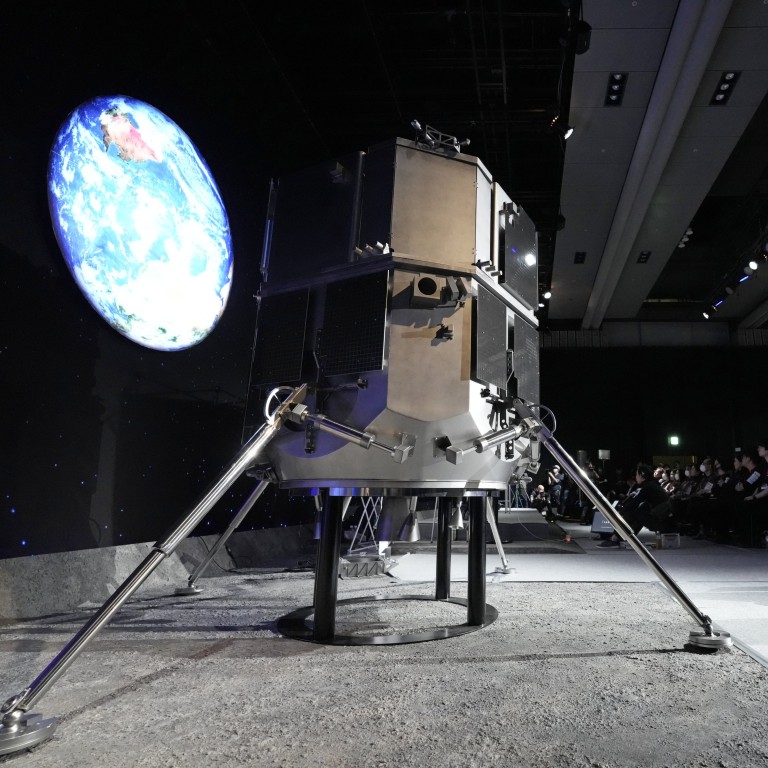
Japan’s ispace loses contact with moon lander in likely crash
- The spacecraft was moments away from its planned touchdown – if successful, the mission would have been the world’s first commercial lunar landing
- Named Hakuto, Japanese for white rabbit, the spacecraft had targeted Atlas crater in the northeastern section of the moon’s near side
A Japanese company lost contact with its spacecraft moments before touchdown on the moon Wednesday, saying the mission had apparently failed.
Communications ceased as the lander descended the final 10 metres (33 feet), travelling around 25km/h (16mph). Flight controllers peered at their screens in Tokyo, expressionless, as minutes went by with no word from the lander, which is presumed to have crashed.
“We have to assume that we could not complete the landing on the lunar surface,” said Takeshi Hakamada, founder and CEO of the company, ispace.
If it had landed, the company would have been the first private business to pull off a lunar landing.

Named Hakuto, Japanese for white rabbit, the spacecraft had targeted Atlas crater in the northeastern section of the moon’s near side, more than 87km (50 miles) across and just over 2km (1.2 miles) deep.
It took a long, roundabout route to the moon following its December lift-off, beaming back photos of Earth along the way. The lander entered lunar orbit on March 21.
China unveils construction road map for lunar research station
For this test flight, the two main experiments were government-sponsored: the UAE’s 10kg (22-pound) rover Rashid, named after Dubai’s royal family, and the Japanese Space Agency’s orange-sized sphere designed to transform into a wheeled robot on the moon.
With a science satellite already around Mars and an astronaut aboard the International Space Station, the UAE was seeking to extend its presence to the moon.
Founded in 2010, ispace hopes to start turning a profit as a one-way taxi service to the moon for other businesses and organisations.
Hakamada said on Wednesday that a second mission is already in the works for next year.
“We will keep going, never quit lunar quest,” he said.
Two lunar landers built by private companies in the US are awaiting lift-off later this year, with Nasa participation.
Hakuto and the Israeli spacecraft named Beresheet were finalists in the Google Lunar X Prize competition requiring a successful landing on the moon by 2018. The US$20 million grand prize went unclaimed.

